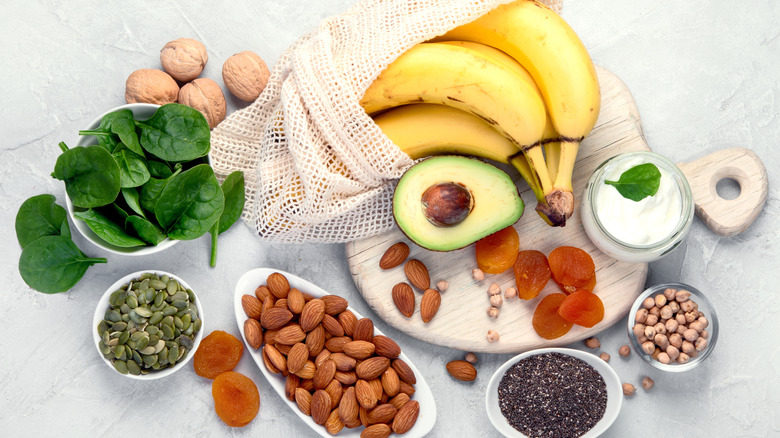
You might have observed that your multivitamin and mineral supplement includes both magnesium and manganese. If the similarity in their names causes confusion, you’re not alone. Many people find it perplexing. Nonetheless, it’s crucial to recognize that these two essential minerals are distinct. Failing to do so could lead to significant nutritional errors. (You should also avoid this big mistake with your multivitamin.)
A key difference to note is that magnesium is classified as a macromineral, whereas manganese is a micromineral, also known as a trace mineral. This means you require substantially more magnesium than manganese—420 milligrams daily for magnesium compared to 2.3 milligrams for manganese. Accurate dosing is vital when taking supplements, as both minerals can be toxic if consumed in excessive amounts.
These minerals also differ in the roles they play in the body. While both are necessary, they are not interchangeable. Using the wrong supplement may prevent you from experiencing the health benefits you desire.
Let’s delve into the functions of each mineral in the body and identify foods rich in them. As always, it’s best to achieve optimal nutrition through a balanced diet rather than relying on supplements to fill gaps.
Nutritional benefits of magnesium and what foods contain it

Our bodies require a substantial amount of magnesium because it serves various essential functions. It’s a cofactor for over 300 enzyme systems that regulate protein synthesis, muscle and nerve function, blood sugar control, and blood pressure, among other processes. Magnesium is also involved in energy production, glycolysis, and oxidative phosphorylation. It plays a role in the synthesis of DNA, RNA, and glutathione and contributes to bone development. Additionally, it helps transport potassium and calcium across cell membranes to ensure proper muscle function and heartbeats.
Foods high in fiber generally contain magnesium. If you need more magnesium, consider consuming leafy greens, legumes, nuts and seeds, and whole grains. Tap, mineral, and bottled waters may also provide magnesium.
Nutritional benefits of manganese and what foods contain it

Manganese is a trace mineral, meaning it’s required in smaller quantities than magnesium, yet it performs essential functions. It acts as a cofactor for numerous enzymes, including manganese superoxide dismutase, arginase, and pyruvate carboxylase. Consequently, manganese plays roles in amino acid, cholesterol, carbohydrate, and glucose metabolism. It’s also involved in scavenging reactive oxygen species, supporting immunity, bone production, and reproduction. Alongside vitamin K, it aids in blood clotting.
Like magnesium, manganese is present in leafy greens, legumes, nuts, and whole grains, as well as teas. However, foods high in phytic acid (such as beans, seeds, nuts, whole grains, and soy) and those high in oxalic acid (including cabbage, spinach, and sweet potatoes) may hinder its absorption. Tea tannins may also slightly reduce its absorption.




